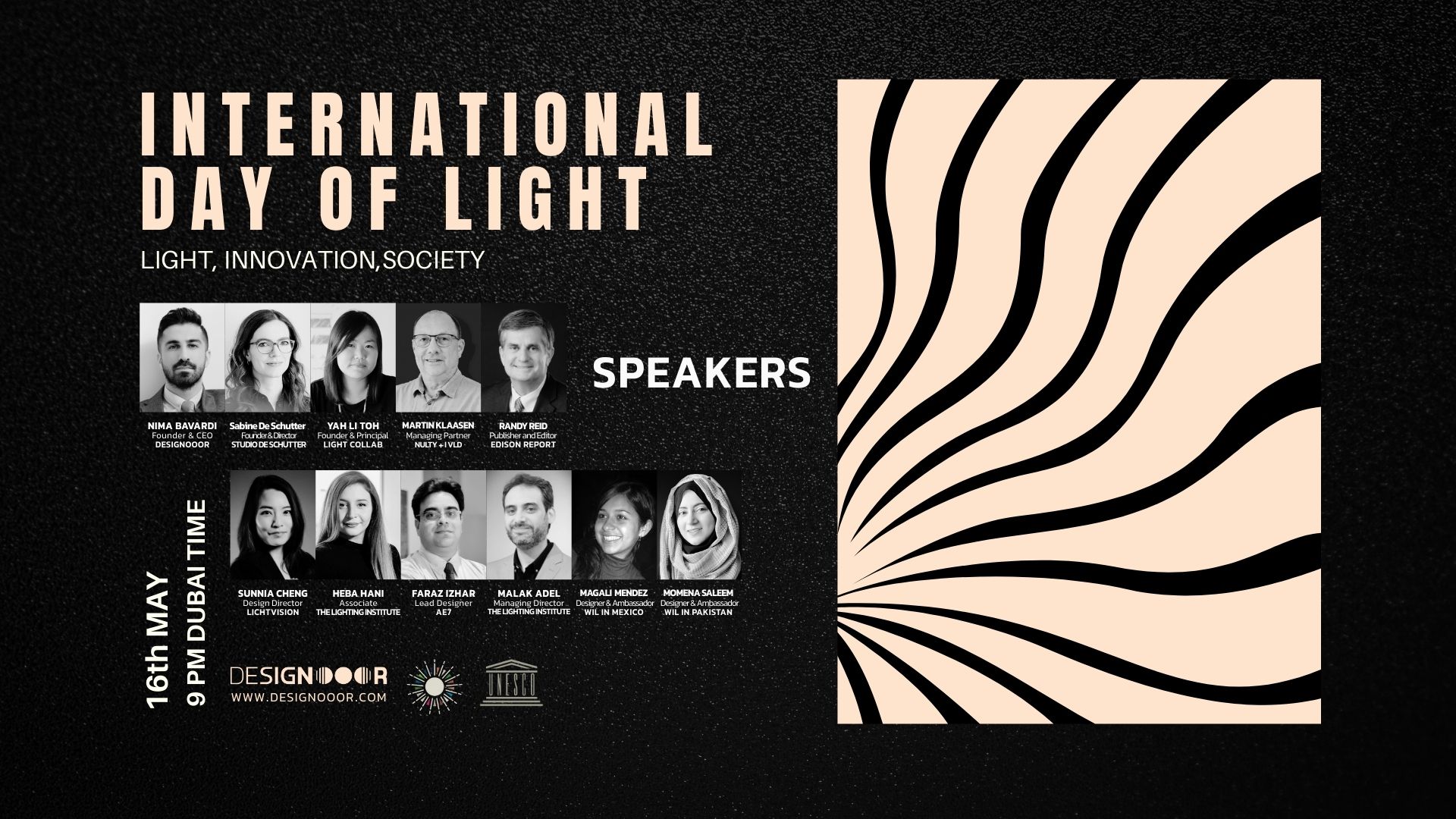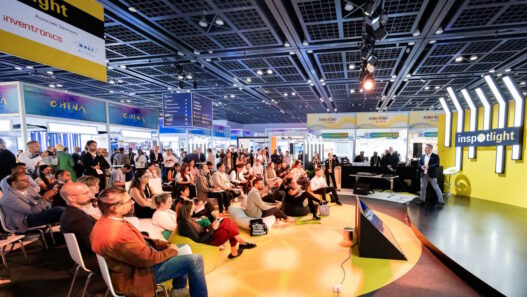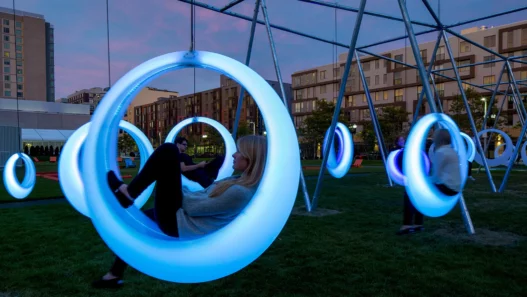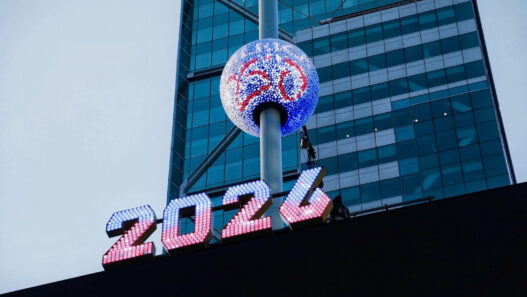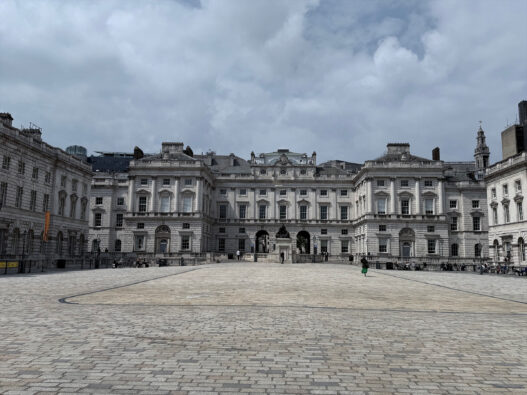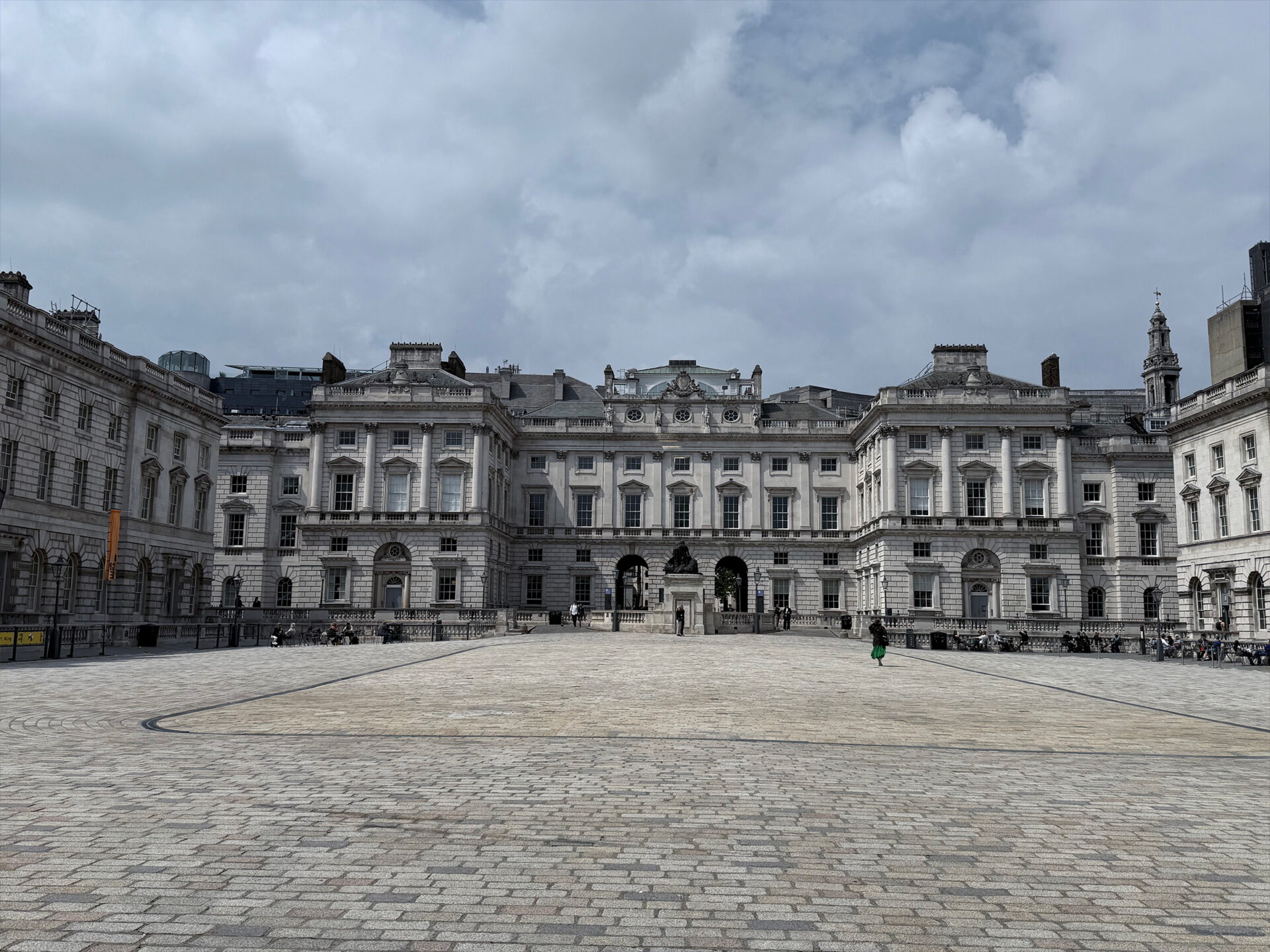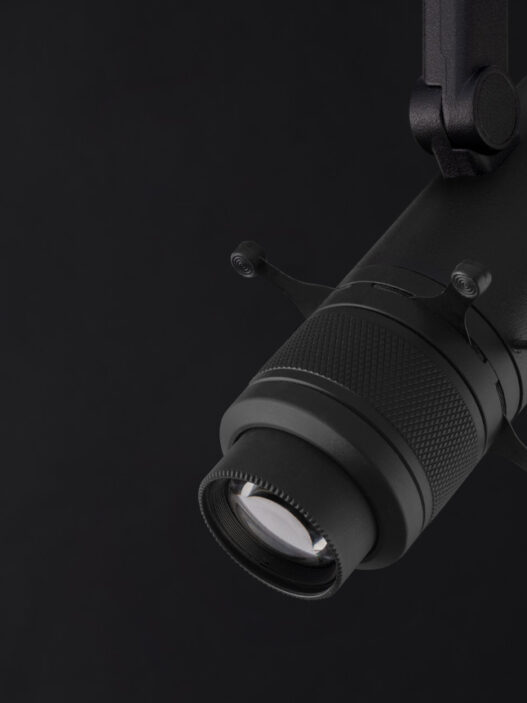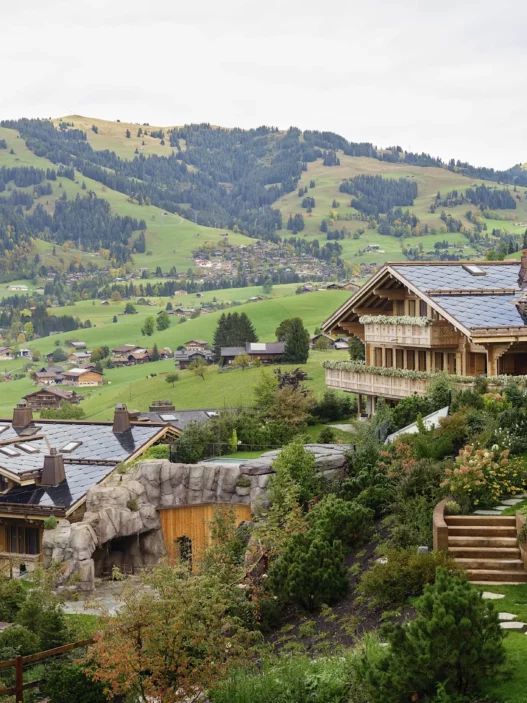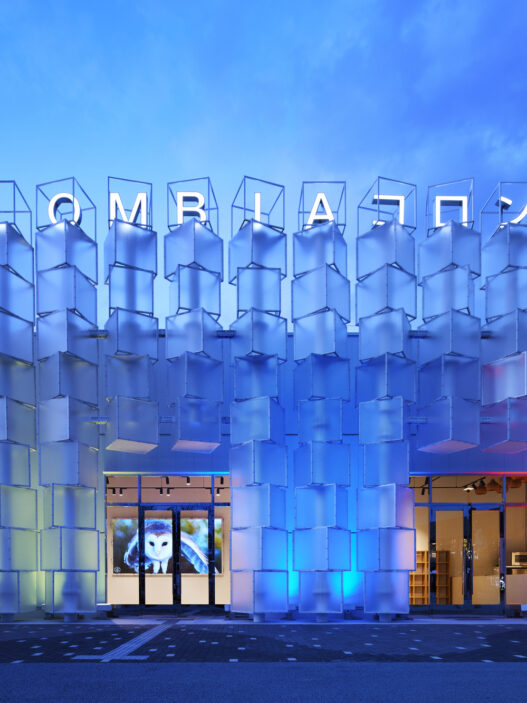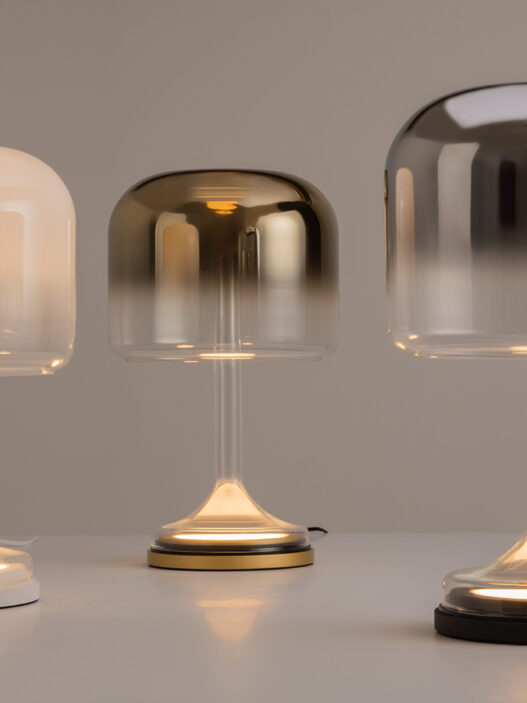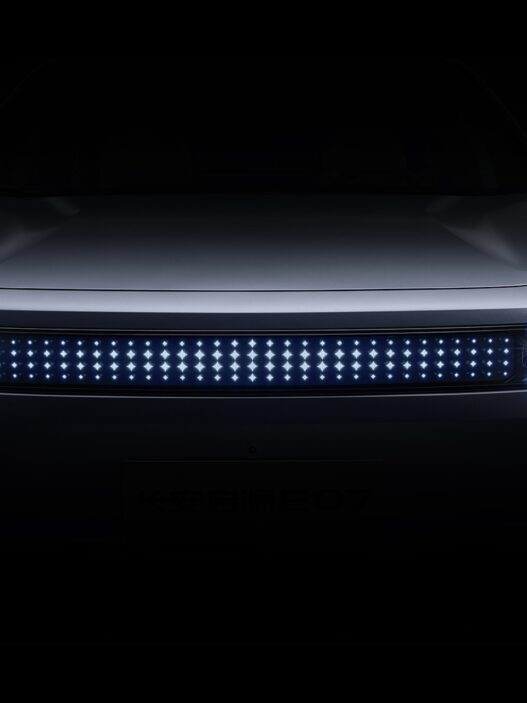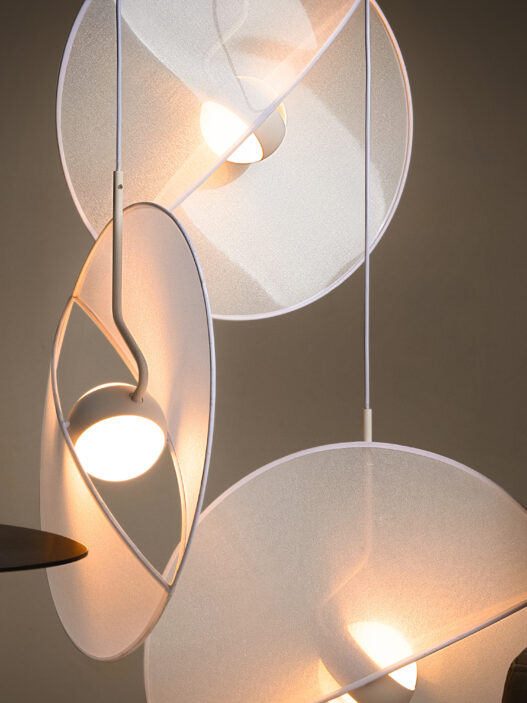Lighting up the London Design Biennale 2025 through a lighting design point of view
In 2025, London Design Biennale transformed the iconic Somerset House into an international theatre of 40+ national and institutional pavilions all which were invited to respond to the theme; Surface Reflections. This 5th edition (artistic director: Samuel Ross) was run 5 29 June 2019 and encouraged designers to ask questions about how personal inner experiences and external environments inform creativity and culture.
Numerous installations and installations were addressing urgent questions to identity, heritage, technology and sustainability by making their visitors experience them in an immersive way, and light became a medium of interaction. To the show within a show is the use of light, where to the lighting-conscious audience at least Biennale provided abundant examples of the transformational power of illumination with seamless glows and minimalist offerings up to hi-tech interactive illuminated displays all the time reinstating the ethos of reflections, on surfaces and sideways, of the Biennale itself.
Oman-Memory grid (Best Design Medal)
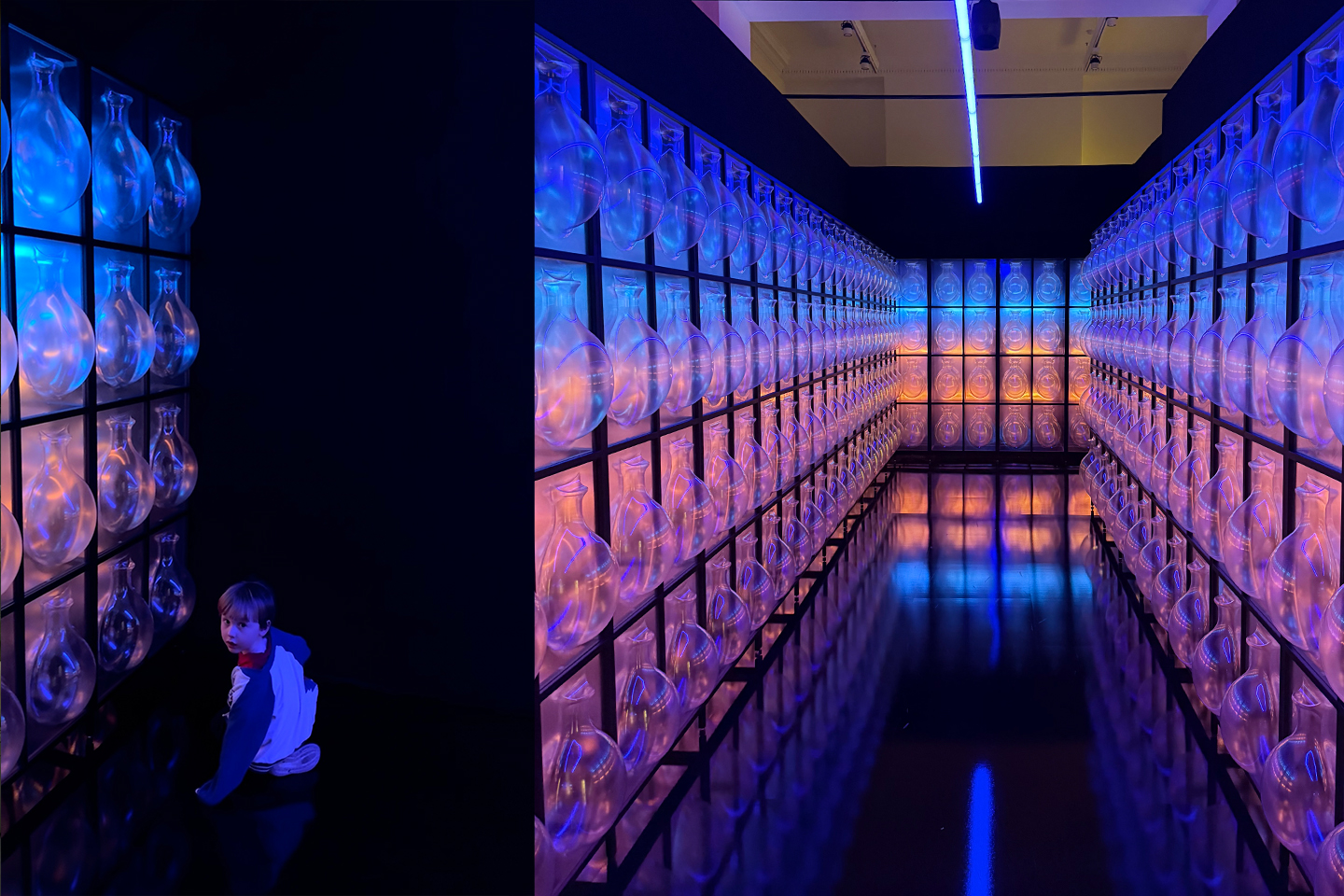
Having made a public appearance at the Biennale and already winning the Best Design Medal, the pavilion of the Sultanate of Oman offers a rather subtle but striking version of the Surface Reflections concept. Composed by the Muscat-based Zawraq Collective and constructed by Haitham Al Busafi, an architect, the exhibition, Memory Grid re-contextualizes the 3000-year old Omani water jars into the current carriers of culture, the servers. ranks of machine-milled transparent jars are displayed in an ideal grid that can be read as a walk-in data centre, with visitors encouraged to speculate as to what we used to keep in clay and what now we trust in code. [Read More]
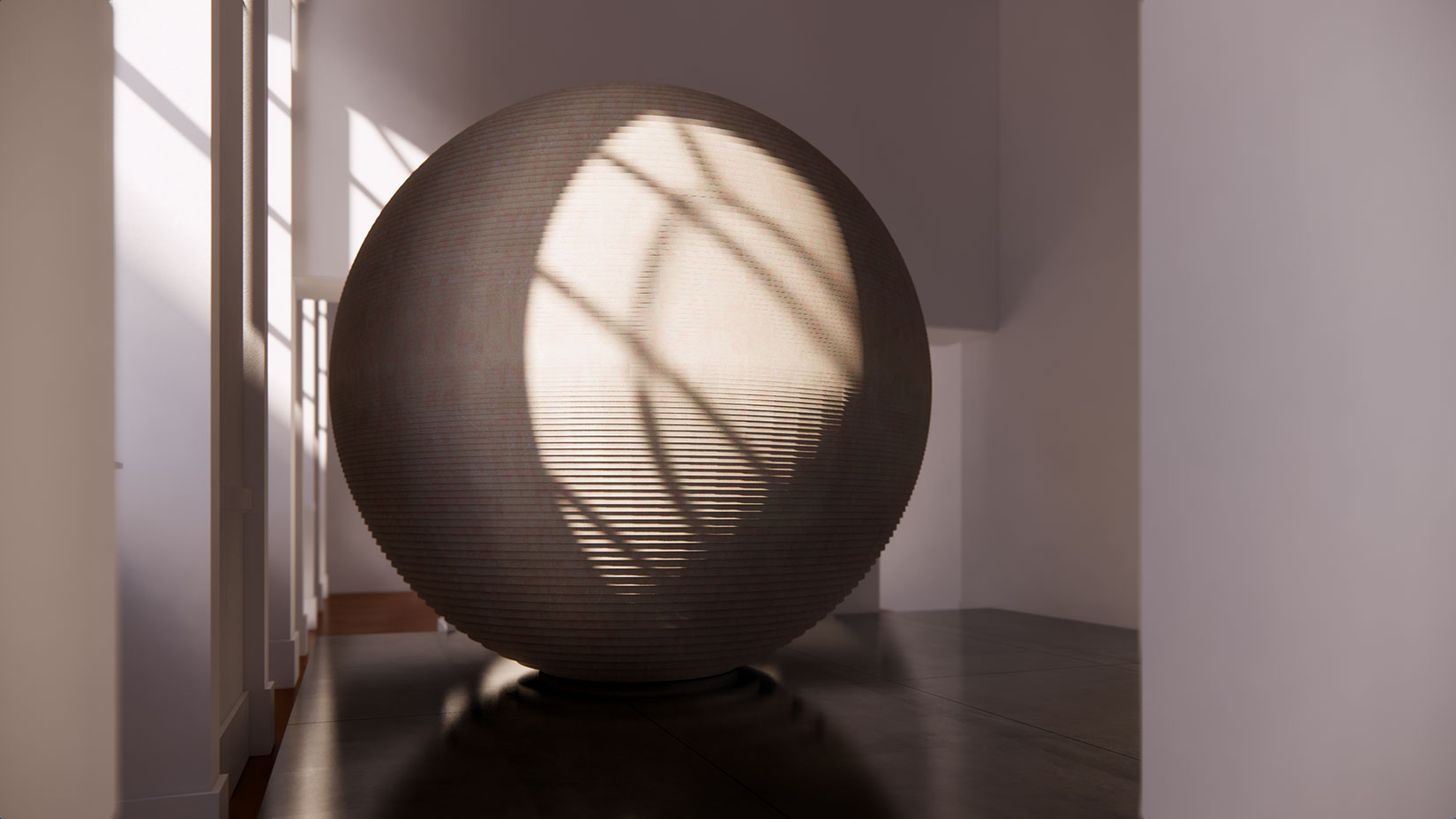
URNA: Malta Pavilion Award Winning Installation
The URNA installation in Malta is based on a gigantic limestone sphere strata of which are etched with rings; softer lights are used to bring out the texture of the sphere as well as create a sole state of contemplation as regards death and memory.
The URNA created by the Malta Pavilion is a good example of the effectiveness of selective lighting and material creation of the deep emotional response. The recipient of the London Design Biennale Medal (the most prestigious award of the event), URNA is a huge 2.4 m sphere made of reconstituted Maltese limestone dust – an environmentally sound material that would both represent the culture and suggest new designs. [Read More]
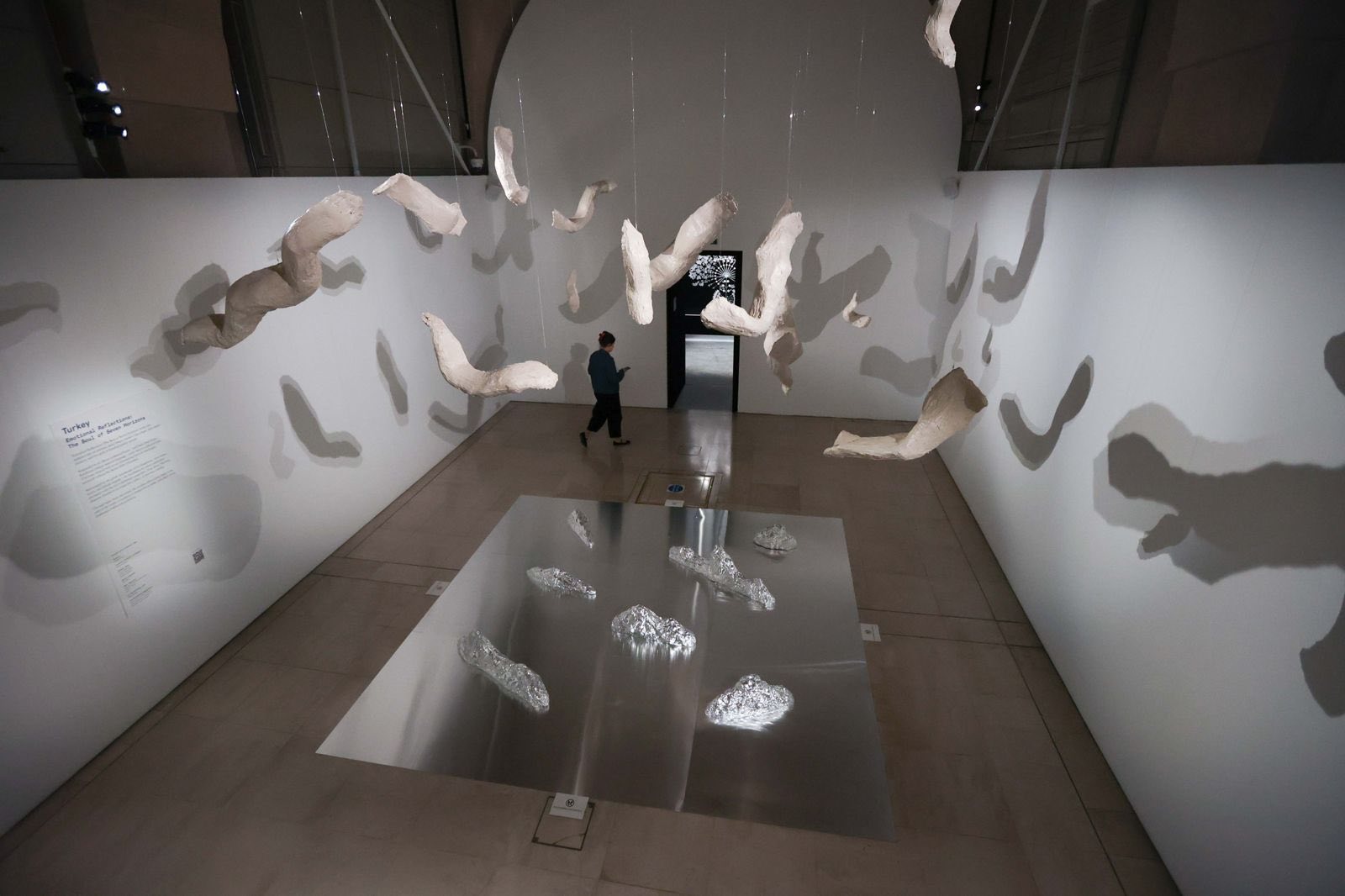
Design Installation Changes Its Stage on Lighting
Floating, lighted bodies in the Turkey Pavilion Emotional Reflections: The Soul of Seven Horizons react to surrounding Bosphorus noises, producing a constantly developing light-sculpture that feels the 7 hills of Istanbul.
The pavilions at the Biennale were some of the examples of innovative use of lights to send messages and express emotion. Importantly, the Turkish pavilion called: “Emotional Reflections: The Soul of the Seven Horizons” the artist Halise Karakaya took the strangers, visitors into a multi-sensate celebration of Istanbul. Other structures were calmer yet also dependent on lighting to create an effect. Japan Paper Clouds: Materiality in Empty Space embodied in Washi paper forms which transparently flourished through a historic stairwell to enjoy the qualities of the Washi material; form, tactility and transparency. [Read More]
Working alongside the reflective URNA of Malta, and demonstrating that restraint, precision, and cultural context can transmit lighting design, long after people have left the darkened gallery, is Memory Grid, by Oman.
